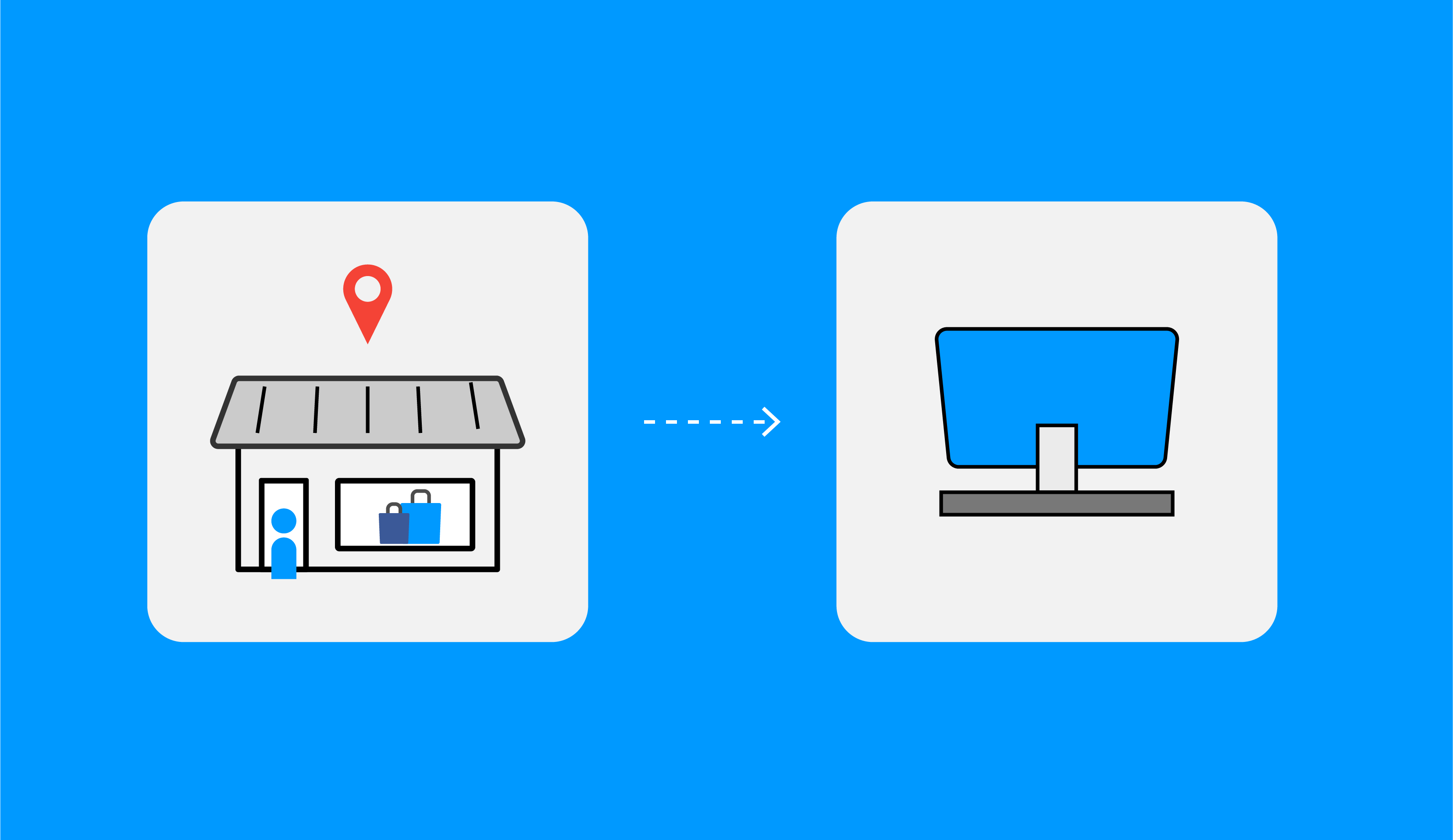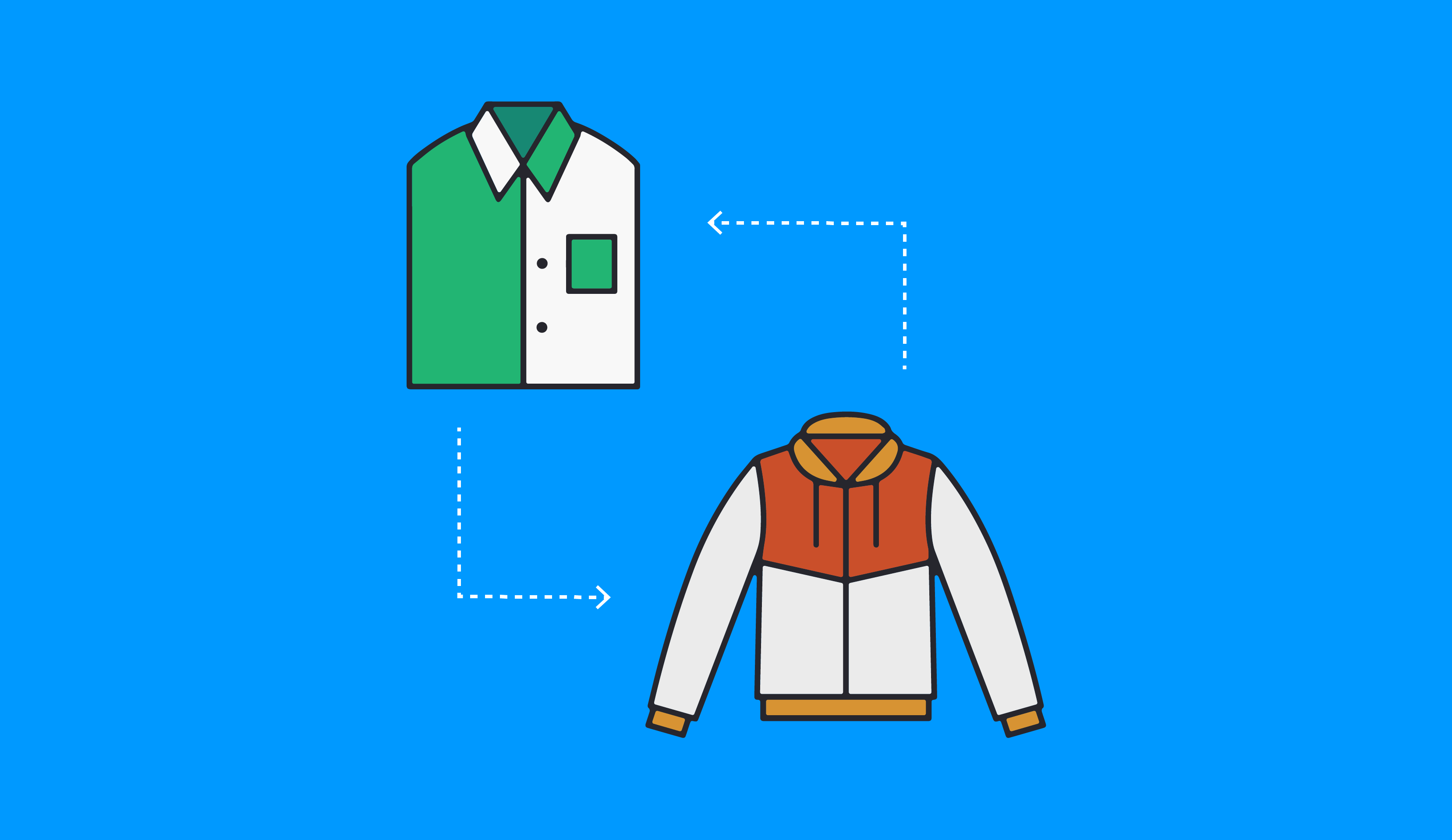If you're one of the many retail marketers delving into offline-to-online measurement, you've likely given significant thought to your attribution model.
Many retailers rely on a 1-day click model to attribute purchases back to online ads. That may work for digital purchases, but if you’re bringing in-store purchases into the mix, a 1-day click attribution model is not expansive enough.
To better understand the impact of an online campaign on in-store sales, you must expand your attribution window. Shoppers could very well click or see your Facebook ads and then run into a local store within 24 hours to make a purchase. However, there’s a significant chance that will not be the case. People are busy, and going to a specific store (especially one that’s a considerable distance away) requires a commitment.
We've shared our omnichannel attribution model in the past. For online attribution, we consider 100% of purchases made within 1-day of clicking + 50% of purchases made within 1-day of viewing. For offline, we take into account that not every customer can get into a store within 24 hours. StitcherAds recommends attributing 100% of the purchases generated within 1-day of clicking + 50% of purchases made within 1-day of viewing + 50% of the purchases made within 2-7 days of clicking + 20% of the purchases made within 2-7 days of viewing.

To put into context just how important it is to attribute in-store purchases beyond 1-day clicks and views, we pulled some data from retailers that work with StitcherAds. Take a look at these results:
- An apparel retailer experienced a 3.3x lift in purchases in the 2-7 days after people clicked an ad vs. 1 day after people clicked an ad. The offline attribution model delivers a 123% increase in return-on-ad-spend over the 1-day click + 50% 1-day view model.
- A hobby retailer experienced a 3x lift in purchases in the 2-7 days after people clicked an ad vs. 1 day after people clicked an ad. The offline attribution garners a 105% lift in ROAS over the standard 1-day click + 50% 1-day view model.
- A home goods retailer experienced a 3x lift in purchases in the 2-7 days after people clicked an ad vs. 1 day after people clicked an ad. The offline attribution model delivers a 64% increase in ROAS over the standard attribution model.
If these retailers were to limit their attribution windows to 1-day clicks and views, they’d miss out on insights from the majority of customers who purchased beyond that period.

Factor in the consideration period
The StitcherAds offline attribution model could work well for certain retailers, e.g. apparel and beauty. However, marketers in other verticals might need to further expand their attribution windows.
Take into account how far people are willing to travel to get to your store, as well as the price point of the items you’re selling, and the consideration period for your products. While someone might not take that long to buy a t-shirt, they will certainly take the time to think about that new kitchen appliance or sofa.
For the most effective measurement, design your offline attribution model to align with your customers’ paths to purchase.
Adapt to a new model for offline conversions
There’s no question that digital ads influence in-store purchases. If you’ve integrated Facebook Offline Conversions and building omnichannel campaigns, make sure you’re effectively measuring results. By contracting your attribution window, you could miss out on tracking, measuring, and targeting a valuable subset of customers.



